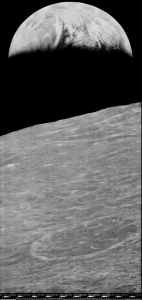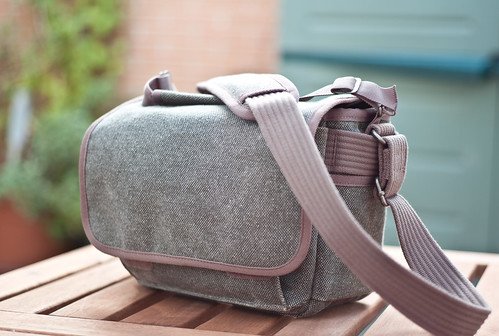
Wired has an article on The Hackers Who Recovered NASA’s Lost Lunar Photos :
[…] After the low-fi printing, the tapes were shoved into boxes and forgotten.
They changed hands several times over the years, almost getting tossed out before landing in storage in Moorpark, California. Several abortive attempts were made to recover data from the tapes, which were well kept, […]
Read it all, the effort is amazing. It doesn’t matter how you keep the medium, if you can re-read it or decode it, it is useless.
This is a shape of things to come. What will happen to all of those digital archives? These CD or DVD that will be unreadable because we no longer have the drives, or just decayed, these hard drives with obsolete connectors, which, if they ever start, might still hard to use in a few decades. And then what do we do with these RAW files that the camera vendor refuse to document?
These are all the questions we should remember to ask. The next Vivian Maier might never happen in the era of digital as we might unable to recover the content of the shoe box. Not everybody will have the skills of that team that recovered the NASA photos.

